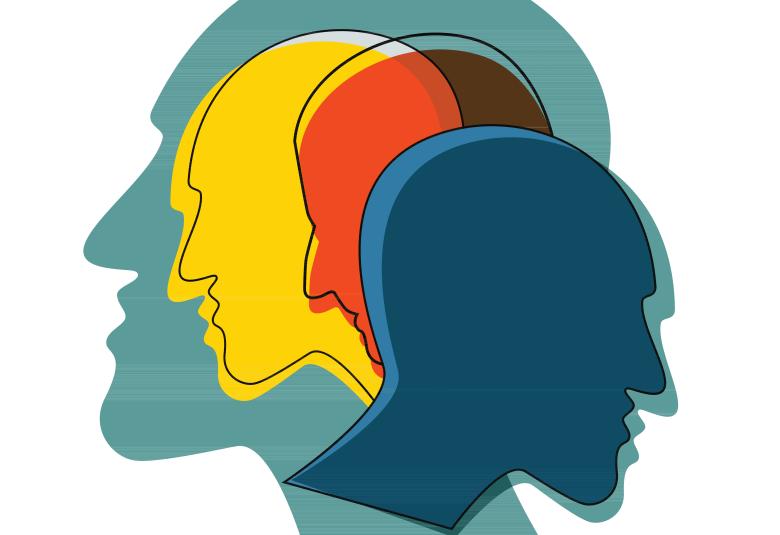Can we predict which children will go on to develop bipolar disorder? If so, how? Prof Sophia Frangou (Icahn School of Medicine at Mount Sinai, New York, US) sought to answer these questions at the 2016 EPA session on Developmental Trajectories to Bipolar Disorder.
Predictive modelling involves four stages – from Stage 0, the general population, to Stage 4, in which clinical staging takes place. Identifying a high risk phenotype of bipolar disorder and stratifying individuals accordingly would facilitate early identification and treatment.
The Early Development Stages of Psychopathology Study (EDSP) showed that there are few new manic episodes after the age of 20. This suggests that bipolar disorder begins in adolescence – and this is the age at which screening should take place.
A promising screening tool
Prof Frangou presented a new screening tool to identify young adolescents at risk of bipolar disorder - the CBCL‑Mania Scale. This DSM orientated scale is based on the Child Behaviour Checklist (CBCL). It consists of 19 CBCL items that correspond to mania criteria, including ‘sleeps less than most kids’, ‘inattentive or easily distracted, and ‘impulsive or acts without thinking’.
To test the validity of the scale, CBCL scores were measured in children aged 11, 13 and 16 in the Dutch epidemiological cohort study - Tracking Adolescent’s Individual Lives Survey (TRAILS). The structural model of the CBCL-MS consisted of four factors corresponding to distractibility/disinhibition, psychosis, increased libido and disrupted sleep.
At 19 years, lifetime psychiatric diagnoses were determined with the Composite International Diagnostic Interview. It confirmed that the CBCL‑Mania Scale had a high predictive ability and is a promising screening tool for bipolar disorder.
High-risk phenotype
The high-risk phenotype of bipolar disorder includes a CBCL‑Mania Scale total score greater than 70, female gender, general intellectual ability less than 90, significant family dysfunction, a parent with any psychiatric disorder and low parental socioeconomic status. These are a combination of biological and environmental risk factors.
Impacting clinical practice
Early symptoms may be addressed by psychoeducation, family support, specialist referral and monitoring. Should symptoms persist, pharmacotherapy may be required.
Our correspondent’s highlights from the symposium are meant as a fair representation of the scientific content presented. The views and opinions expressed on this page do not necessarily reflect those of Lundbeck.




